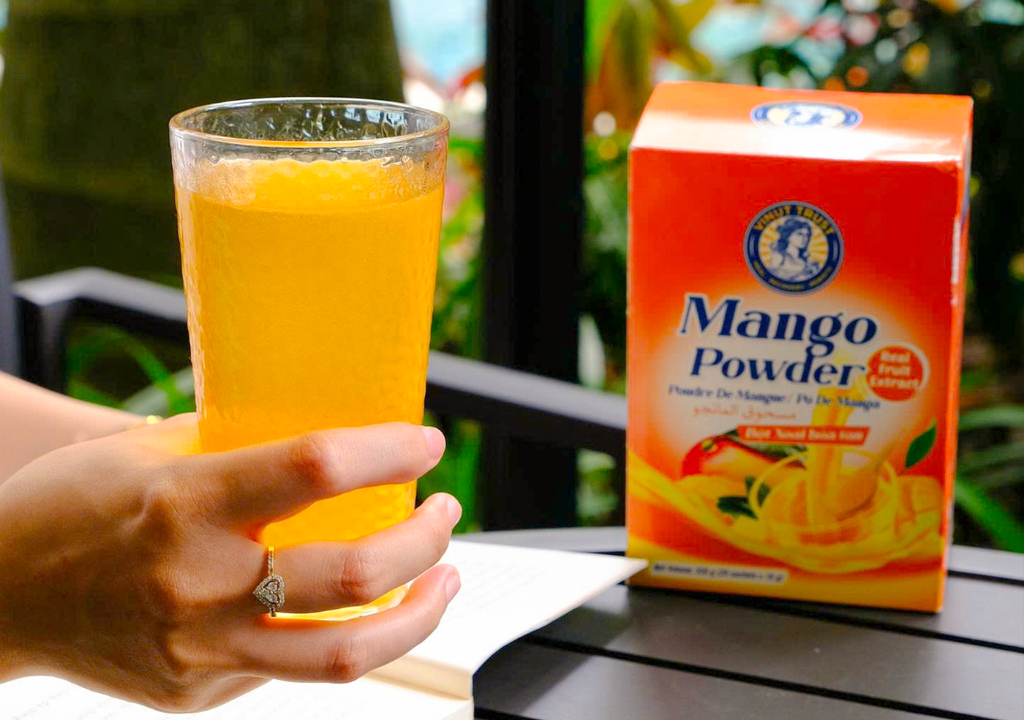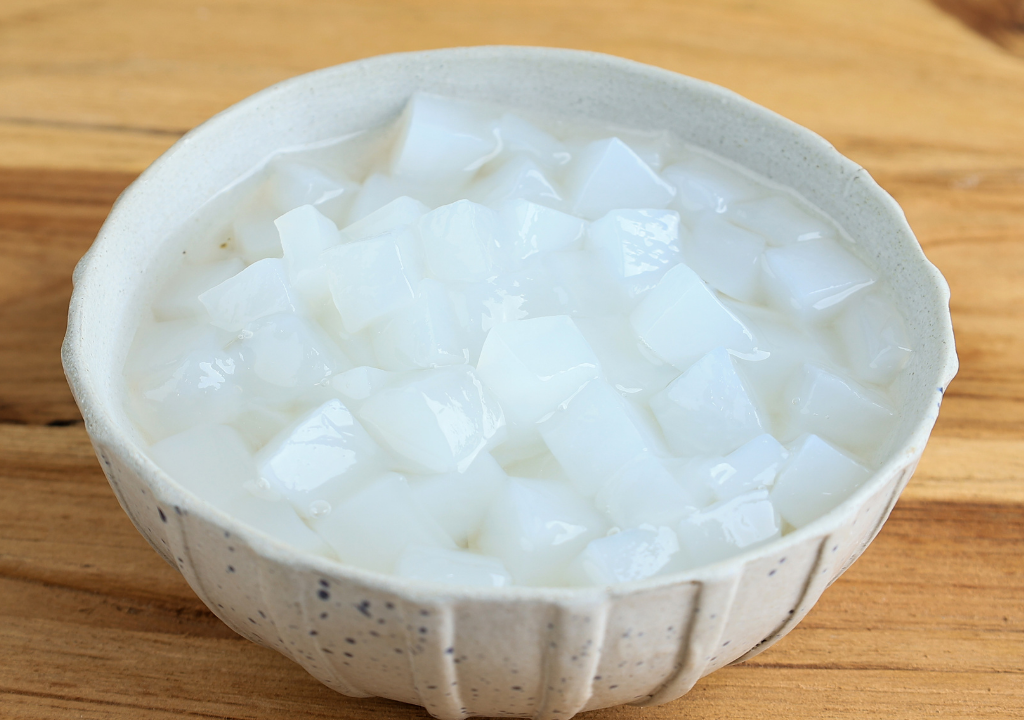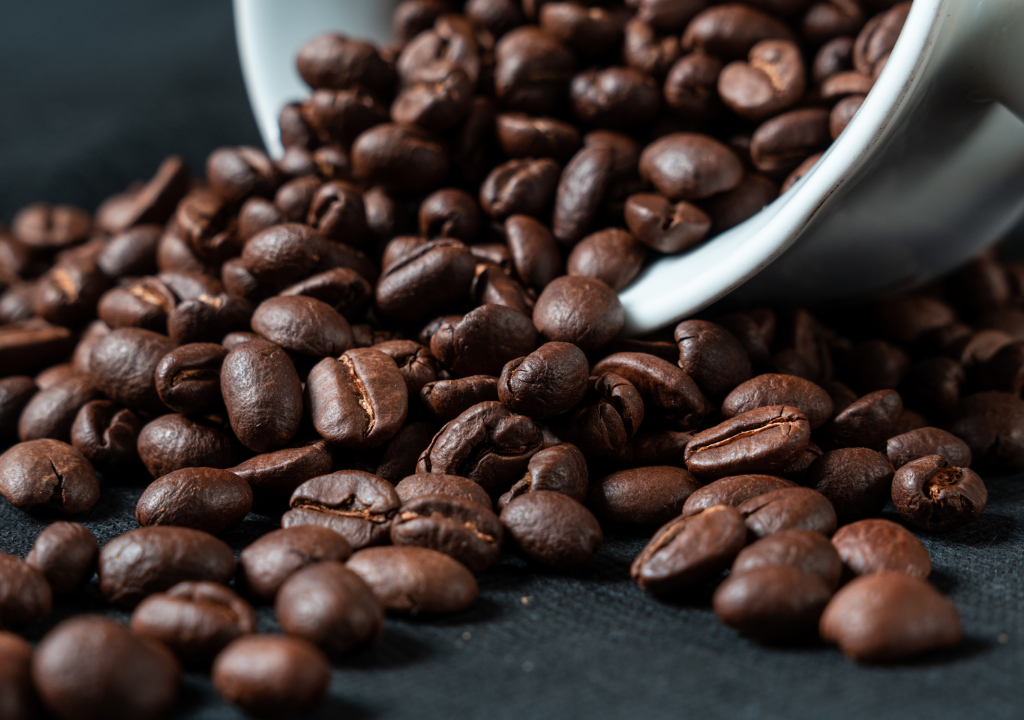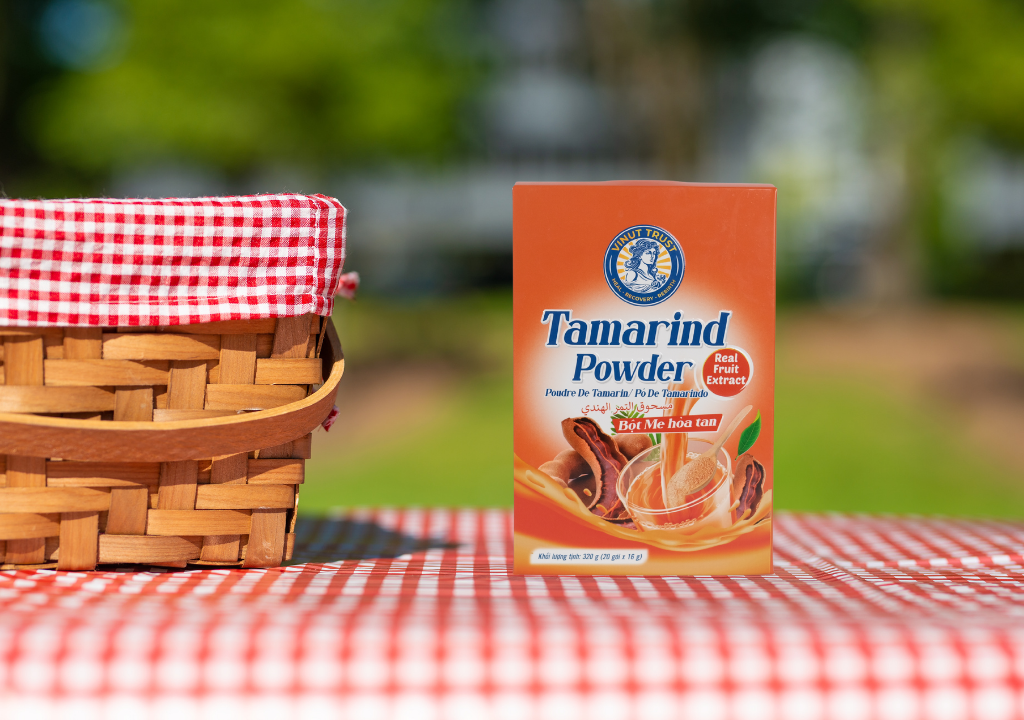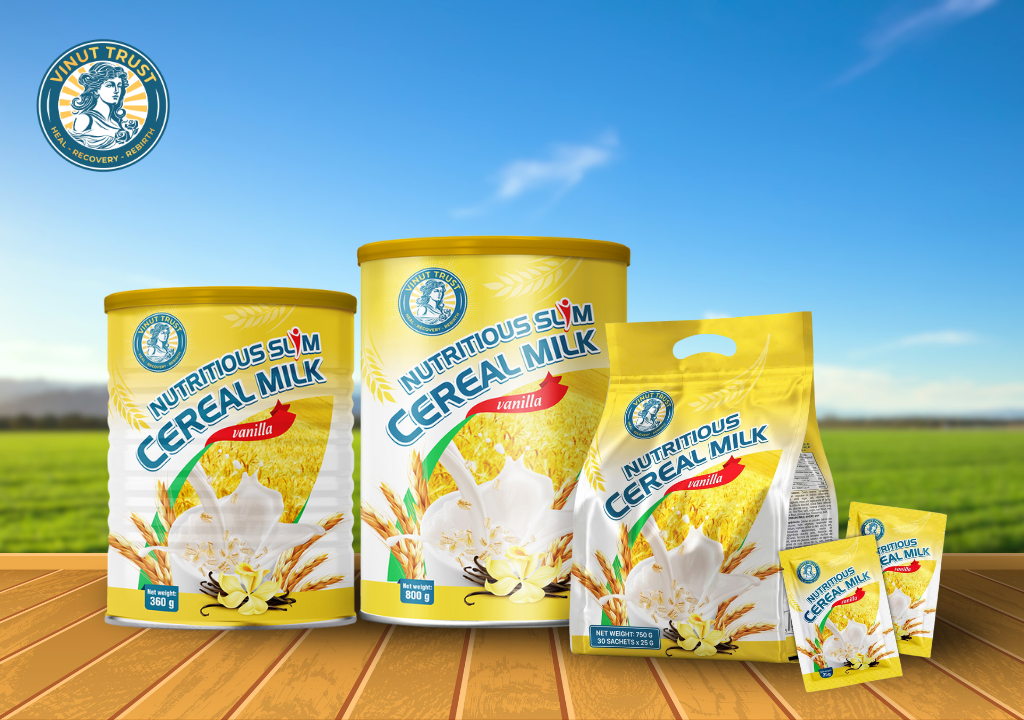How Nata de Coco Is Made: From Coconut Water to Jelly

Mục lục
Preparing the Fermentation: Ingredients & Setup
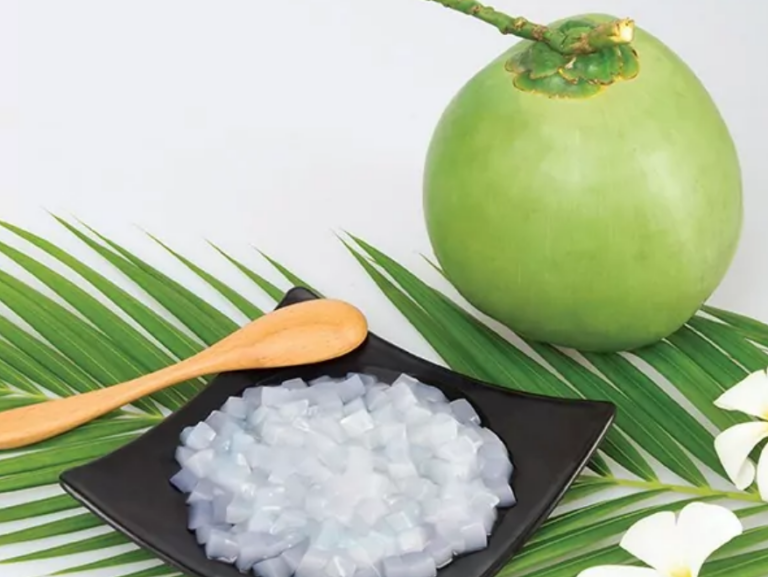
Nata de coco is made from fresh coconut water, naturally rich in sugars and nutrients. After filtration, producers add cane sugar or molasses to provide additional nutrients for bacterial growth, along with a small number of agents to balance pH and inhibit harmful microbes.
The key lies in Acetobacter xylinum (Komagataeibacter xylinus) – a natural bacteria that produces a cellulose gel. The mixture is carefully processed in shallow trays and incubated at 28–30°C for several days.
Through this simple and natural process, coconut water is transformed into chewy, translucent cubes of nata de coco – a beloved delicacy worldwide, prized for its unique texture and tropical flavor.
Fermenting Coconut Water into a Cellulose Jelly
During fermentation (7–14 days), bacteria feed on the sugar in coconut water and produce cellulose fibers. These fibers form a jelly-like sheet, known as the nata de coco “mother” layer, floating on the surface.
The sheet gradually thickens to about 1–2 cm, while the liquid beneath becomes more acidic (pH ~4), helping preserve the nata naturally. By the end, most sugar is converted into cellulose, leaving chewy, translucent nata ready for cutting and soaking.
This process is similar to making kombucha’s SCOBY – but here, coconut water is the star, creating the signature texture loved worldwide.
Harvesting and Washing the Nata de Coco
After fermentation, the nata de coco sheet is carefully lifted from the tray and rinsed to remove the leftover fermented coconut water. This raw jelly still contains vinegar, so it undergoes thorough washing – soaking in clean water (changed multiple times) or using mild baking soda to reduce acidity.
The jelly is often cut into chunks for easier handling, then boiled for 15–30 minutes. Boiling removes sourness, softens the texture, and sterilizes the product. After boiling, the nata is rinsed again until odorless and neutral in taste – ready to soak up sweet syrup in the final flavoring stage.
Cutting into Cubes and Sweetening the Jelly

Once cleaned, nata de coco sheets are cut into uniform cubes (about 1 cm) by hand or machine for consistent texture and appearance. These springy, translucent cubes are mostly water and fiber, with only a mild coconut taste.
To make them delicious, the cubes are soaked in sugar syrup (typically 20–30% sugar) for several hours or simmered briefly to let sweetness penetrate. At this stage, producers may add flavors and natural colors – such as mango, lychee, pandan, strawberry, or pineapple – or keep them plain for versatility.
After sweetening, the nata de coco is ready for packaging – slightly sweet, clean-tasting, and perfectly chewy, just as consumers love.
Packaging and Quality Control
Sweetened nata de coco cubes are packed in syrup to keep them moist and extend shelf life. For retail, they are often sold in jars or cans (around 340g), while for food service and B2B, they’re packed in bulk buckets or drums (3.2–20 kg). The syrup preserves the product by creating a high-sugar environment that prevents microbial growth.
Throughout production, strict quality control ensures hygiene, consistency, and safety. Reputable manufacturers follow HACCP or ISO standards, check cube size and texture uniformity, and may pasteurize the product for long-term storage. Final nata de coco is tested for proper acidity, sweetness, and absence of contamination.
When sealed, nata de coco can last 1–2 years at room temperature. Once opened, it should be refrigerated and consumed within a few days for best quality. From coconut water to chewy cubes, the process blends traditional fermentation with modern food safety standards.
From Home Experiment to Industrial Production
You can make nata de coco at home with the same basic steps, though sterile conditions and the right culture are essential. Some use unpasteurized vinegar or kombucha SCOBY as a starter, but results may vary.
On an industrial scale, countries like the Philippines and Vietnam produce nata de coco in large shallow tanks, fermenting thousands of liters of coconut water at once. Despite the scale, the process stays true to its origins – natural fermentation turning coconut water into chewy jelly cubes.
From home kitchens to modern factories, making nata de coco is a blend of patience, microbial magic, and tradition – transforming a simple byproduct into a beloved dessert ingredient worldwide.

Looking for a reliable supply of nata de coco? Whether you’re a food manufacturer or a bubble tea business, ensure you source from experienced producers who follow these steps meticulously for a high-quality product. VINUT TRUST Nata de Coco is one such producer, offering premium coconut jelly with strict quality control at every stage. We provide bulk orders, low MOQs, and even customization if you have specific needs. Contact us today to get the finest nata de coco – made with expertise from coconut water to jelly cubes – delivered to you.

